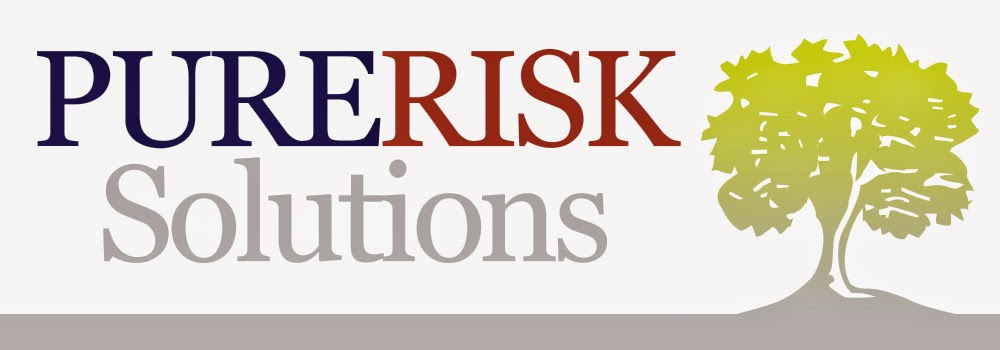Here’s an "apt" comparison – homeowner’s insurance and
NFL quarterbacks. Uh, what? How?
Well you see, not all are created equal. You’re playing
fantasy football. You’re a few rounds into your draft, and you desperately need
a quarterback. Somehow, no one has grabbed Peyton Manning (see definition for hypothetical). But on the other
hand, you are one of maybe three Coloradoans who still has a soft spot for
former Bronco signal caller Jay Cutler. No matter, the decision is fairly easy,
right?
You may have a soft spot for your former coverage or
agency, but if a better policy was out there, you’d at least look into it, wouldn't you? In our last blog post, we discussed new regulations with the Colorado
Homeowner’s Insurance Reform Act (HIRA), and what that could mean to you as
a homeowner. Now, we’ll go into what your policy should have. Or, at very least, what you should be aware of.
Of course, we at Pure Risk Solutions are extremely knowledgeable
and can help you get the best protection possible for your home. So, please
call us. Ask for me, Dave Godel. We can discuss your policy, or the Bronco’s
chances of winning the super bowl. Either one. But preferably both.
So,
what should you be aware of?
- Flood Insurance – are you aware that it’s a separate policy? If not, chances are that you don’t have it.
- Rebuild Costs – Laura talked about these a bit last week, but the thing to know is that they’re always changing. At PRS, we can quickly assess and determine a rebuild cost estimate for your home.
- Extended Replacement Cost – HIRA has an extended replacement cost stipulation. For example, if you are insured for $700K, but the rebuild cost of your home following a loss is actually $750K, you’d actually still be covered. Fairly reassuring.
- Relocation Duration Extension – Say that three times fast. Typically, there’s a 12 month period of coverage for finding another living situation during a rebuild in the event of a covered loss. Now, the period has been extended to 24 months.
- Insurance Packaging Options – While a certain larger carrier with a rather annoying, red haired woman spokesperson has just about trademarked the term ‘bundled’, that’s what we’re talking about in terms of packaging. PRS can help you to package your auto, home, and any other type of insurance together with one carrier, or at very least run a few estimates to see if this would be a beneficial option for your family.
- Medpay – We’ll call this “Friend Coverage”. If someone gets injured on your property, they can actually be covered under your policy. Say it’s Halloween night, with kids trick-or-treating. If one of them were to trip on your front step, you’d both be covered. This is a great way of avoiding a potential lawsuit, or not pissing off your neighbors.
So remember, the next time you’re sitting in front
of the TV watching the Bronco’s game and Manning threads a bullet of a pass
through the seam to Eric Decker for a touchdown – home insurance. My light-hearted
sarcastic prose aside, we do encourage you to call us here at Pure Risk Solutions
to let us show you how many options you have for insuring your home. Additionally
– have a very safe and happy new year! 2014 looks to be a fantastic one.








